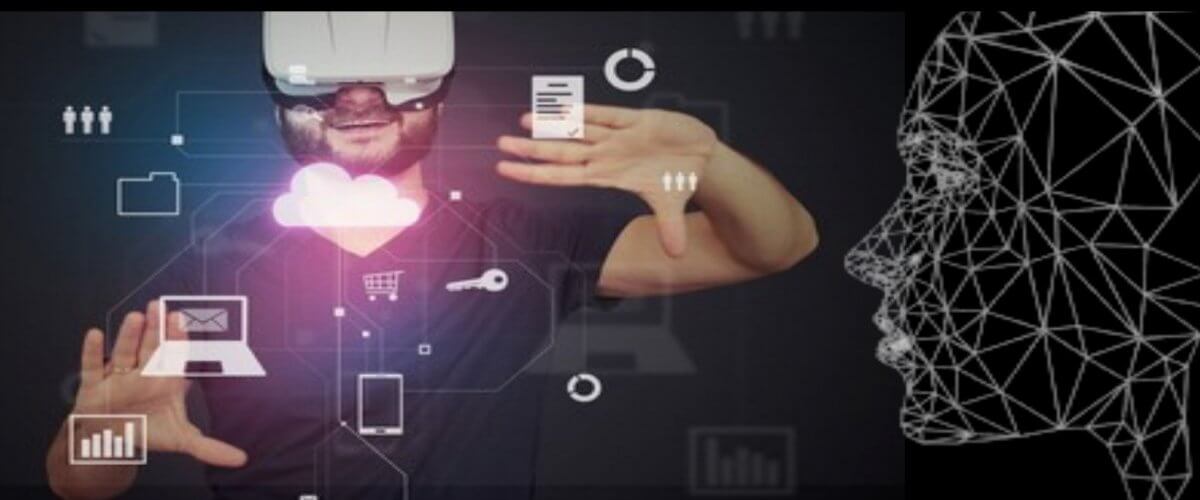Importance of Human-Computer Interactions

The interaction of humans and computers has rapidly increased over time, where most of the day is spent in front of a computer, and the work needs to be done with technological assistance. Apart from desktop work we further use mobiles, tablets, and other digital devices to do our routine work. The need has highlighted the significance of creating an interface that lets people interact in novel ways and design systems to enhance the everyday work activities for a broad group of people with different skill levels.
What is Human-Computer Interaction (HCI)?
HCI is the science of identifying the interface between people and machines and designing an interface or a computer technology to match those uses. The flow of information between humans and computers can be visual or audio-based. It can also consist of other aspects such as task environment, machine environment, input or output flow, feedback, or a fit to accomplish a task.
HCI can be disciplined in the fields of computer science, behavioral science, design, media, and other areas of studies. It involves identifying the interaction between humans and computers and studying the extent to which computers are developed and designed to have successful interactions.
The multidisciplinary nature of HCI has given it another set of terms, such as human-machine interaction (HMI), computer-human interaction (CHI), and man-machine interaction (MMI). These terminologies have been used in many cases to describe and analyze the uses and goals of HCI in different situations. This further highlights that HCI does not limit to computers, and is inclusive of mobile devices, televisions, vehicles, robotics, surveillance systems, traffic controls, etc.
Main Components of HCI
Poorly designed HCI can cause problems and end up not providing the expected outcome. Hence, it is essential to look into several key factors when developing an HCI system.
Generally, HCI consist of three components, They are;
User – An individual or a group that comes from different conceptions and abilities in learning skills. This further involves cultural and national differences.
Computer – From a desktop to large-scale computer systems, and VCRs to mobile phones can be considered to be equivalent to the term “computer.”
Interaction – With the differences between humans and machines, HCI involves getting a successful interaction with realistic and feasible functions.
Goals And Best Practices
With the ultimate goal of developing usable, safe, and functional systems with conceptual frameworks, developers attempt to implement HCI systems. The theme further involves understanding the factors that put people first and determining how people use technology and develop tools and techniques to deliver efficient, effective, safe systems.
During the development process, researchers may consider existing socio-cultural practices and values or align computer interfaces with a mental model that humans have of their activities. The use of new design methodologies, experimenting with new devices, developing models and theories of interaction, exploring new interaction paradigms, and prototyping new software and hardware systems are some other practices taken into account when developing an HCI system.
Here are some of the best practices that are used during the development of the HCI system.
- Focusing early on tasks and users to determine the appropriate users
- Empirical measurement with quantitative usability
- Creating an iterative design until a sensible, user-friendly interface is created
- Use of multiple resources
- Replacing memory with visual interpretation
- Reducing similar features and highlighting dissimilar ones
These factors enable researchers and developers to create more usable and enhanced HCI systems and develop task-based computer technologies.
A good interface can make the work easy for users and get work done more effectively. Implementing HCI systems that are matched to a specific requirement can upscale the speed and produce more successful, safe, useful, and functional outputs delivering better technological solutions to the future world.
